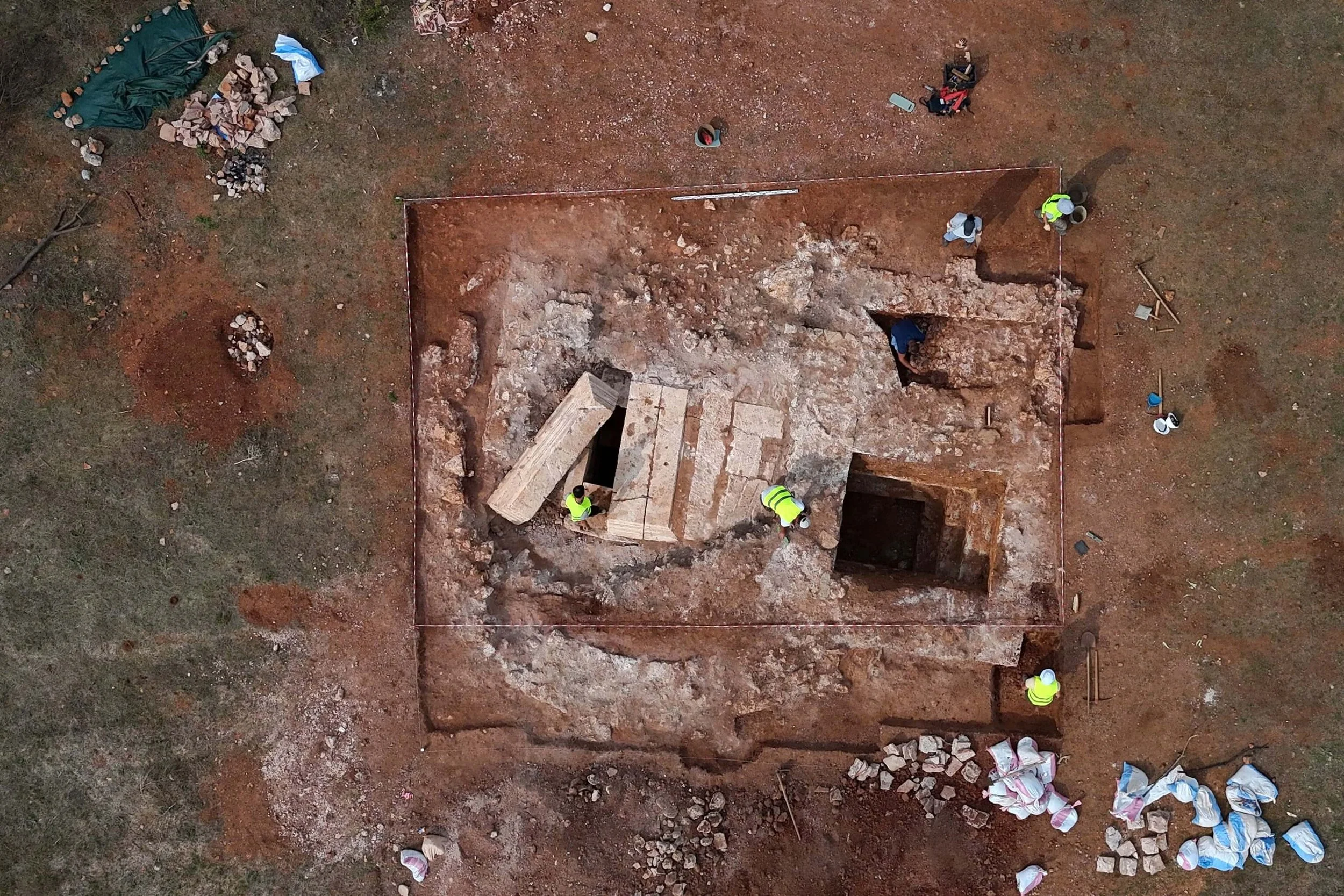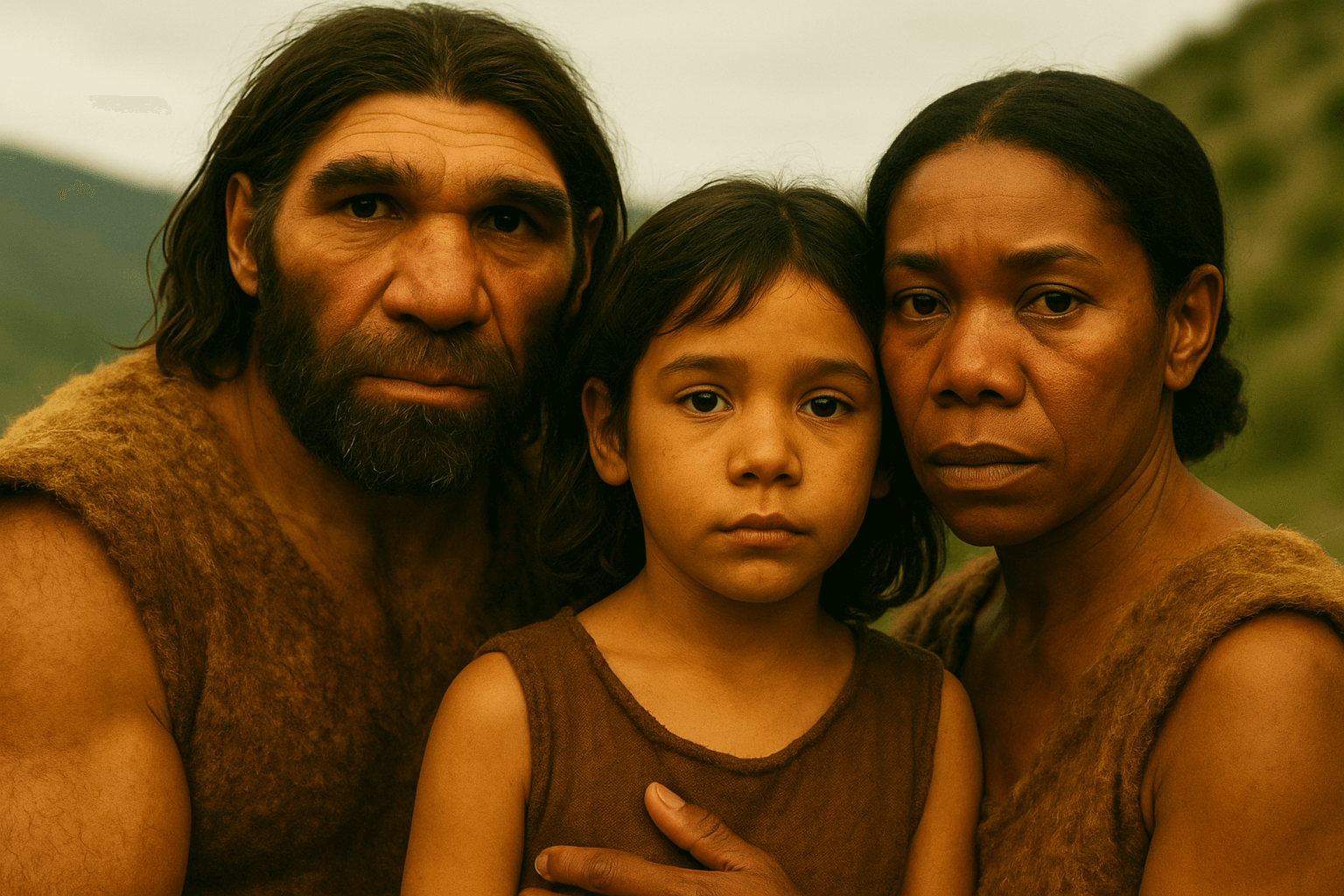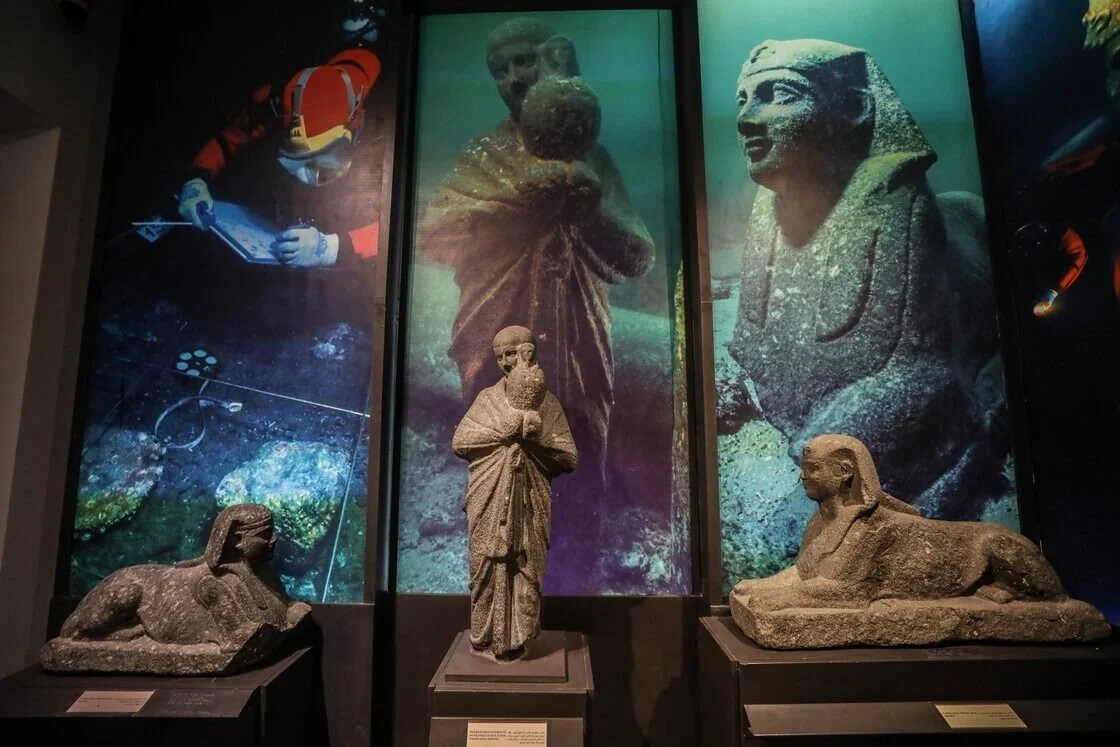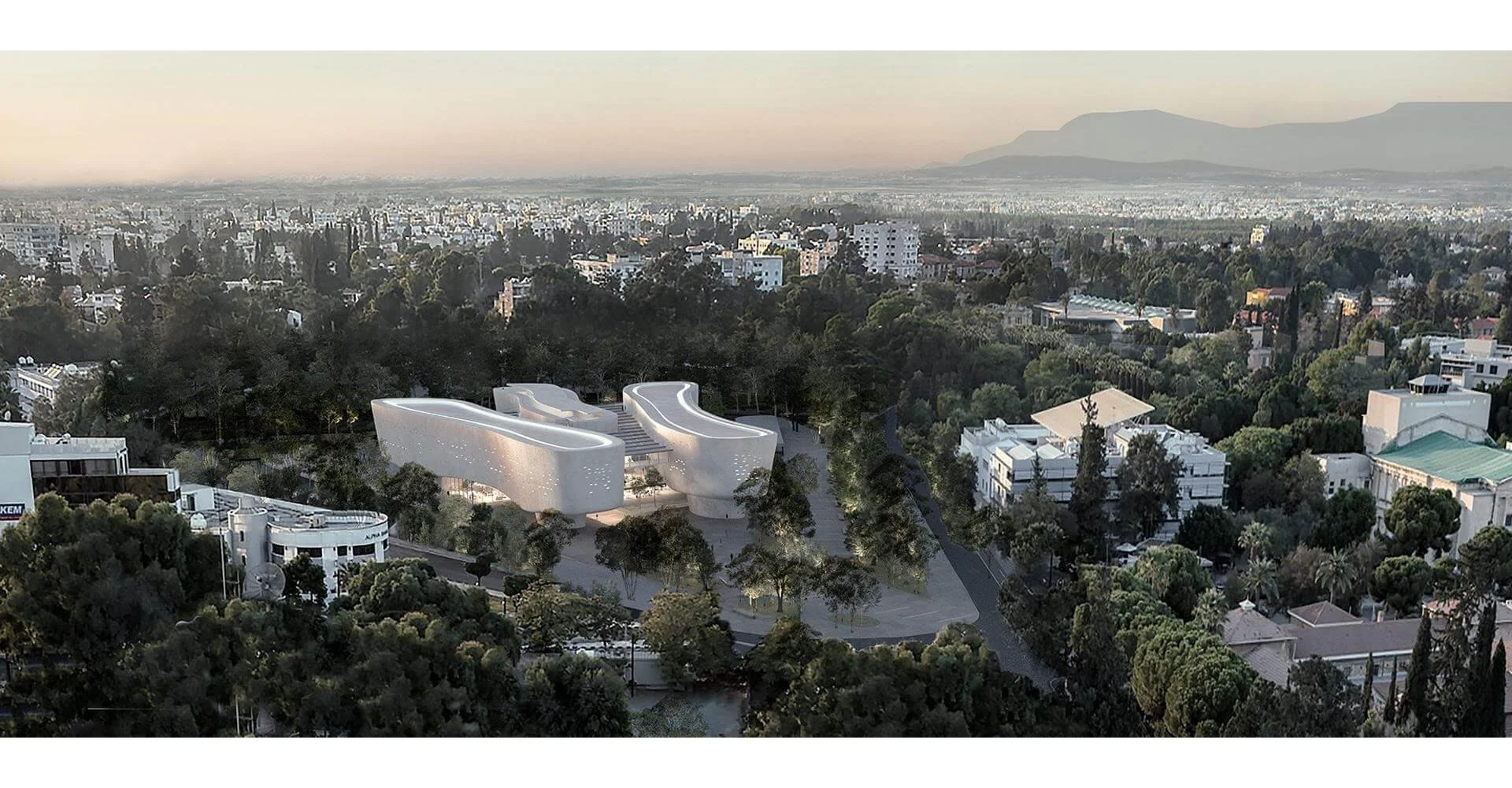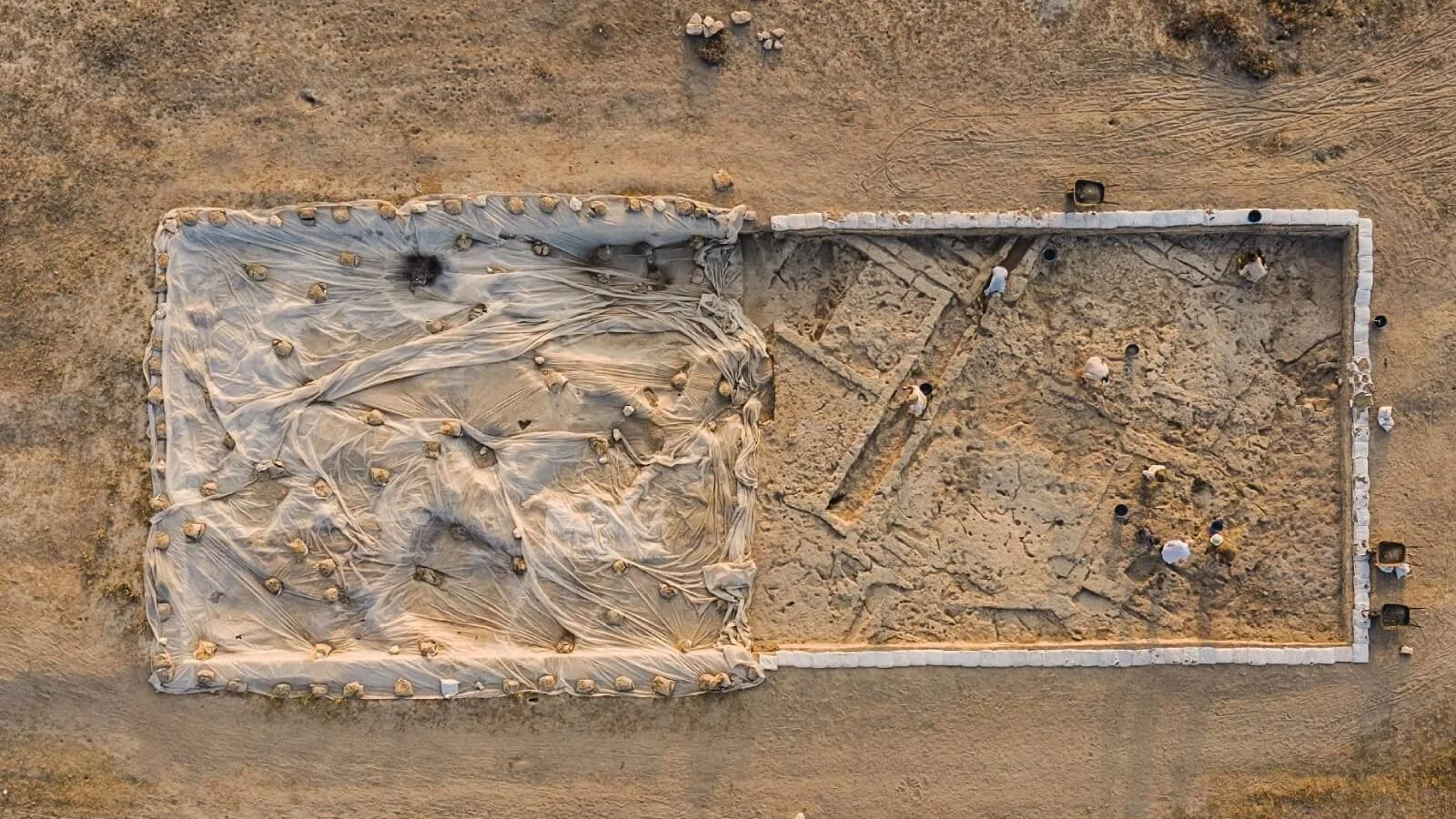Hyde900 has been conducting digs in the grounds of Hyde Abbey for the last six years
Until its discovery, the cavern's existence was just a rumour, with it believed to lie below one of three gardens where the excavations have taken place.
David Spurling has led digs at the site for six years and said being able to invite the community to get involved has kept the group "motivated".
Volunteers of all ages took part in the latest dig, which lasted for four days
Mr Spurling said: "We always thought there would be a stream to provide water to the cloisters but it's the first time we've found proof.
"In doing these digs we've come across a lot of fantastic finds and the great thing is as a community group we can get children involved - the feedback we get is fantastic."
A young volunteer sieves for finds in the garden at Hyde Abbey
It is believed the tunnel would have been used to supply water to the refectory, kitchens and infirmary of the abbey, as well as the latrines associated with the monks' dormitory.
Medieval tiles were among the items discovered during the dig
The fragments were discovered during the four-day event led by Hyde900
As well as the the discovery of the tunnel, the dig also returned to a garden where uncovered remains of a two-storey building were found in 2020.
Medieval window glass was found in the remains of that building and was being evaluated by Historic England.
An internal wall, believed to be part of the site of the monks' refectory, was also uncovered
Excavation work in all three gardens also found large numbers of Roman pottery, medieval tiles and other building materials as well as oyster shells and bones.
Archaeologist Martin Biddle visited the site with supervisor Mike Brace and John Tippett-Cooper
Archaeologist Professor Martin Biddle, who has been tracking the Hyde900 digs, said: "The discovery of a sophisticated example of a vaulted channel, probably late medieval, is extraordinary."









